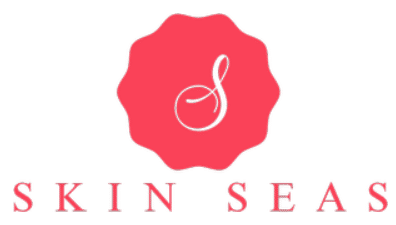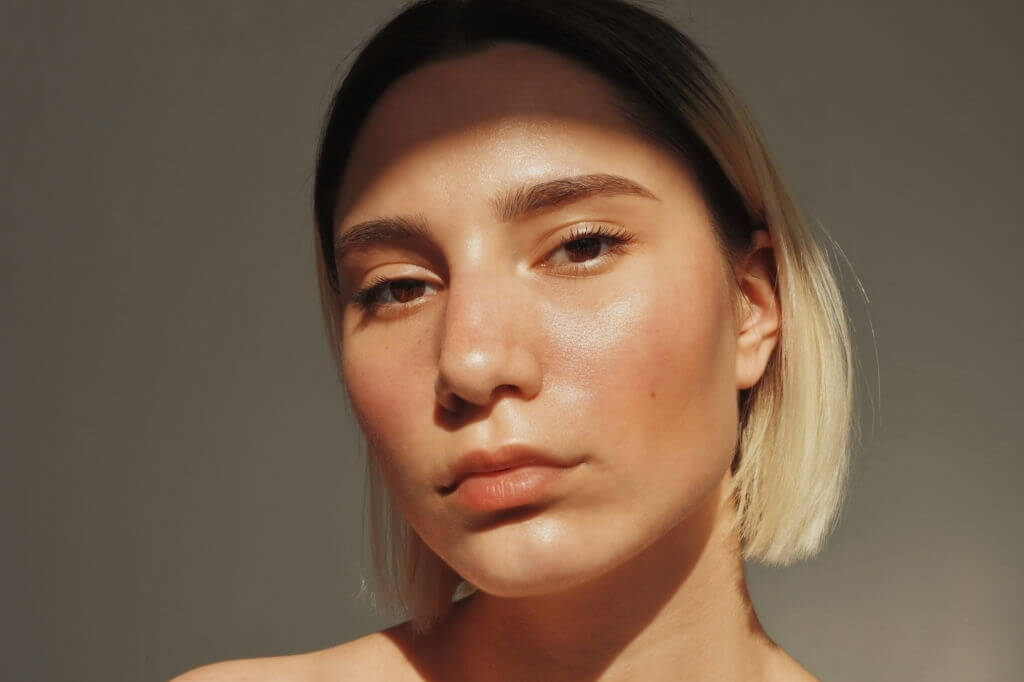Arbutin is likely not a word you’ve come across in your average day, but it’s one that’s essential to skincare. This skincare ingredient is a glycoside, extracted from the bearberry. What the heck is bearberry? No need to worry, you don’t need to stuff yourself silly to get anti-aging benefits!
As an extract, Arbutin is a skin lightener – it blocks the creation of melanin in your skin. As such, it’s common to find it in anti-aging skincare products that reduce the appearance of dark spots and other skin discolorations.
Uses of Arbutin
As briefly mentioned, Arbutin is a common ingredient in skincare products that target skin discolorations. It is a bit more of an expensive product, but it’s gentle on your skin. It won’t freak out your skin or cause irritation or redness, unlike some traditional skin-lightening ingredients.
Because of its components, it diminishes the appearance of dark spots, sun spots, acne scars, and melasma. It can even prevent future freckles from appearing, since it slows down, or stops altogether, the production of melanin.
For those of you unaware, melanin is a natural skin pigment that is responsible for darkening our skin, whether through birth or via the sun. Stopping this process will prevent your skin from darkening, but it’s definitely no sunscreen!
Freckles, sunspots, and dark spots are all signs of aging, something that most of us aspire to minimize. As such, you’ll want to make sure that at least one of your skincare products is made with Arbutin, whether it’s your serum, oil, or face cream!
If anti-aging isn’t a concern of yours, but you suffer from hyperpigmentation or acne scars, then Arbutin also provides great benefits to you. It also evens out the complexion, repairs sun damage, and adds a healthy glow to the skin.
Why use Arbutin?
There is a slew of other skin brightening ingredients that won’t cost as much, such as quinol – aka hydroquinone. The problem with these, specifically quinol, is that with long-term use, the skin can become very sensitive and irritable.
Other unfortunate symptoms that people have experienced are redness, burning/stinging, and dryness of the skin, and to the most extreme it can be potentially cancerous to humans. Many of these factors are why hydroquinone has been banned in places like Australia, Japan, and Europe.
Arbutin is a fully safe alternative to hydroquinone, though slightly more expensive. Arbutin is a form of hydroquinone, but the way it is formulated makes it a safe alternative, without any of the scary side effects. As such, this has become a popular alternative, especially in those countries where the latter is banned.
Related: Suffering from Freckles? These Are The Best Freckle Removal Creams You Can Try
Using Arbutin
As with any new product or ingredient, you’ll want to do a spot test. Depending on the type of product that you buy, there will be a different way to test. Some great places to test Arbutin would be your forearm, underside of your jaw, side of your neck, or even your forehead if you have bangs! Essentially, you want it to be somewhere hidden just in case you get a reaction.
As with any product, if you experience any sort of allergic reaction, discontinue using the product immediately. If the reaction worsens then you should see your dermatologist.
As this is a skin-lightening product, there are a few things you should be aware of. Arbutin isn’t going to be for everyone. Depending on what type of skin you have, your skin goals, and its condition, you might actually want to steer away from products that contain this fruity extract.
There is a teensy bit of controversy surrounding this glycoside because people have used it as a form of hydroquinone – that same product that’s been banned in a ton of countries. However, both A-Arbutin and B-Arbutin are safe to use for the skin, in their respective concentrations of 2% and 7%.
Essentially, you want to do your research to see if Arbutin is right for you. Speak to your dermatologist, do a spot check, and see if it conflicts with any other skin products you may be using.
You can use arbutin in the form of a serum, facial creams, and overnight masks. You can also use it in combination with other skin-lightening products for maximum results. That being said, it’s important that you start slowly and stop if irritation occurs.
How does Arbutin Work?
Arbutin works by slowly releasing hydroquinone over time through hydrolysis. This, in turn, reduces the production of melanin by blocking tyrosinase activity.
As a result, this brightening berry compound fades away dark spots, freckles, and whatnot. And because the hydroquinone is being released super slowly, there is no chance for the harmful side effects to kick in.
Conclusion
Acne scars, hyperpigmentation, sun spots, and melasma (among other skin issues) are a thing of the past. Arbutin is a safe and effective way to rid your skin of these imperfections, while also adding a gorgeous, bright glow to your complexion. Unlike other skin brighteners, Arbutin isn’t known to have any negative effect when combined with most other skincare ingredients, making this a quick swap for another product that might.
This bearberry extract is beloved by dermatologists alike, so if brightening your skin while evening out your complexion is a goal of yours, then Arbutin is probably a direction you’ll want to go in. Say good-bye to sunspots, dark spots, and other icky signs of aging, and say hello to brighter, younger-looking, youthful skin!

Sheryll is a lifestyle editor with over 7 years of experience in beauty. She is obsessed with Korean skincare, and she mostly covers the Beauty and Skincare space at Skin Seas.

